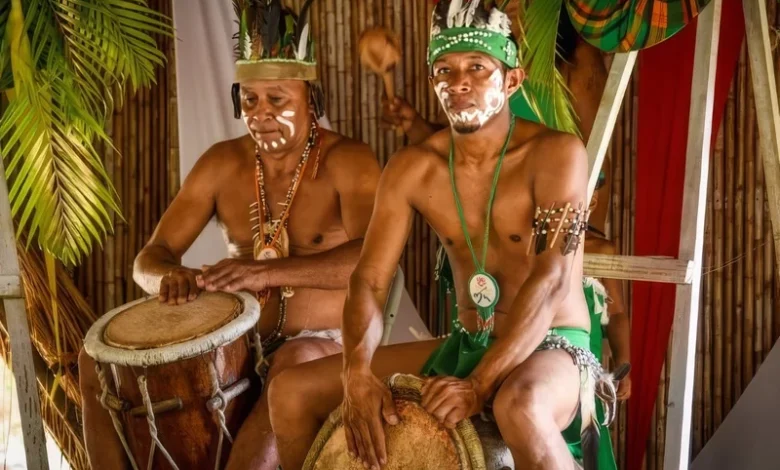Dominica’s Indigenous Tourism

Dominica’s Indigenous Tourism is a key component of the island’s tourism strategy, offering visitors an immersive experience of the cultural heritage and traditions of the indigenous people of Dominica. Situated on the island’s east coast, the Kalinago Territory spans 3,700 acres and is home to around 3,000 Kalinago people. This form of tourism not only highlights the biodiversity and natural resources of the area but also preserves the natural landscapes. Visitors can explore the island’s cultural tourism by learning about the Kalinago’s way of life, arts, and traditions, ensuring the survival of their artistic legacy.
Immersive Indigenous Tourism in Dominica
Dominica’s Indigenous Tourism offers an authentic experience of Kalinago culture. It highlights eco-friendly practices, traditional crafts, herbal medicine, and community support, fostering cultural preservation and sustainable tourism development.
The Kalinago Barana Aute Experience
One of the most famous indigenous tourism attractions is the Kalinago Barana Autê (Carib Model Village), where visitors can engage with traditional Kalinago crafts, such as canoe building, basket weaving, and wood carving. These crafts are artistic expressions representing centuries-old survival techniques passed down through generations. Tours of the village are led by Kalinago guides, providing firsthand insights into their lifestyle, social structures, and history. Visitors can witness cultural performances, including traditional dances, music, and storytelling, offering a comprehensive understanding of Kalinago heritage.
Indigenous and Eco-Tourism Synergy
Dominica’s Indigenous Tourism often overlaps with Eco-Tourism, as the Kalinago people are deeply connected to the land and their natural environment. Visitors can participate in eco-friendly activities like guided tours through the Kalinago Territory’s eight hamlets, including Sineku, Mahaut River, St. Cyr, Salybia, Bataka, Gaulette River, Crayfish River, and Concord, which includes scenic trails such as the Crayfish River, Madjini River and Isulukati Waterfall and Segment #6 of the Waitukubuli National Trail. This connection between the people and nature makes Indigenous tourism in Dominica a sustainable travel model promoting environmental conservation and cultural preservation.
Herbal Medicine and Traditional Healing
A unique aspect of Dominica’s indigenous tourism is the focus on Herbal Medicine and traditional healing practices. The Kalinago have long utilized the island’s rich biodiversity for medicinal purposes, and visitors can learn about natural remedies and healing baths. These herbal treatments, drawn from centuries-old knowledge, are a highlight for those interested in natural wellness and the holistic traditions of the island’s first people.
Supporting Sustainable and Community-Based Tourism
Visitors contribute to Dominica’s cultural heritage by participating in Indigenous Tourism while supporting community-based economic development. The Kalinago people directly benefit from tourism revenues, which help them preserve their cultural identity and traditional ways of life. The government and various organizations, such as the Discover Dominica Authority, also promote these initiatives to ensure that tourism remains a sustainable and enriching experience for locals and visitors.




